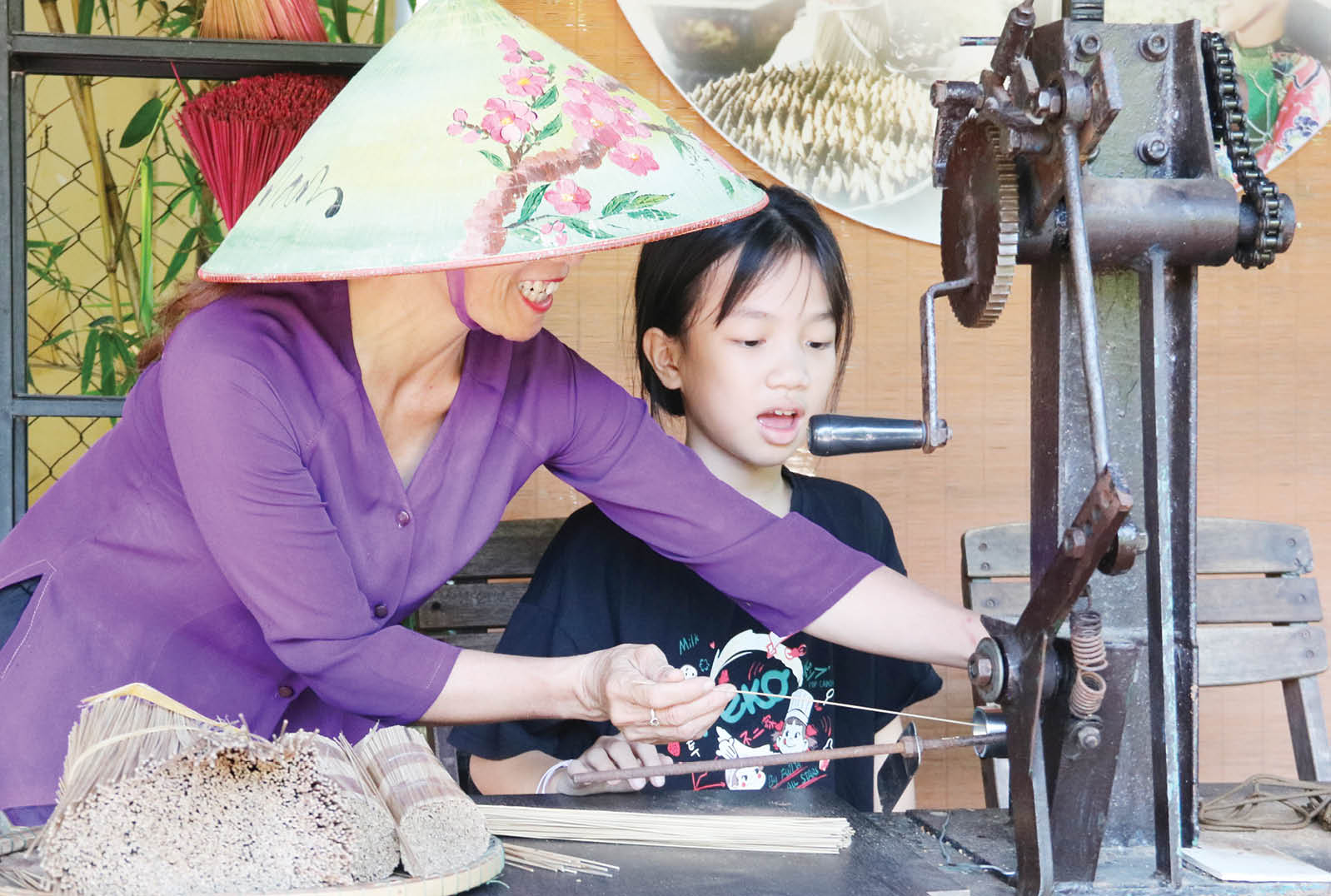 |
| Experience traditional crafts when coming to Hue |
From the ideas of tourists
Coming to Hue on a 2-day-1-night trip , Ngo Duy Khang and a group of friends from Ninh Binh chose the Western Quarter to experience the only night in Hue. Duy Khang excitedly shared: "In Hue, in addition to visiting the beautiful monuments and landscapes, the Western Quarter gives me other very interesting experiences about Hue, with a vibrant pace of life in a peaceful city."
Most tourists come to Hue to explore the cultural heritage, but that is not their only wish. The goal of the journey is to discover as much as possible, from the landscape, culture, people to the rhythm of life of a land. There, if there are streets that know how to “tell stories”, know how to bring tourists their own unique impressions, it will be an extremely attractive factor.
Mr. Nguyen Phan Linh (56 years old, a tourist from Hanoi) shared that he had visited the streets in Hue such as Gia Hoi ancient town, Bao Vinh ancient town and felt the unique features and ancient soul of Hue. Unfortunately, the promotion of the value of the streets associated with tourism activities is still not prominent, not creating attraction. Hue needs to promote the ancient streets, the nostalgic streets, helping visitors feel like they are going back in time, lost in the traditional atmosphere.
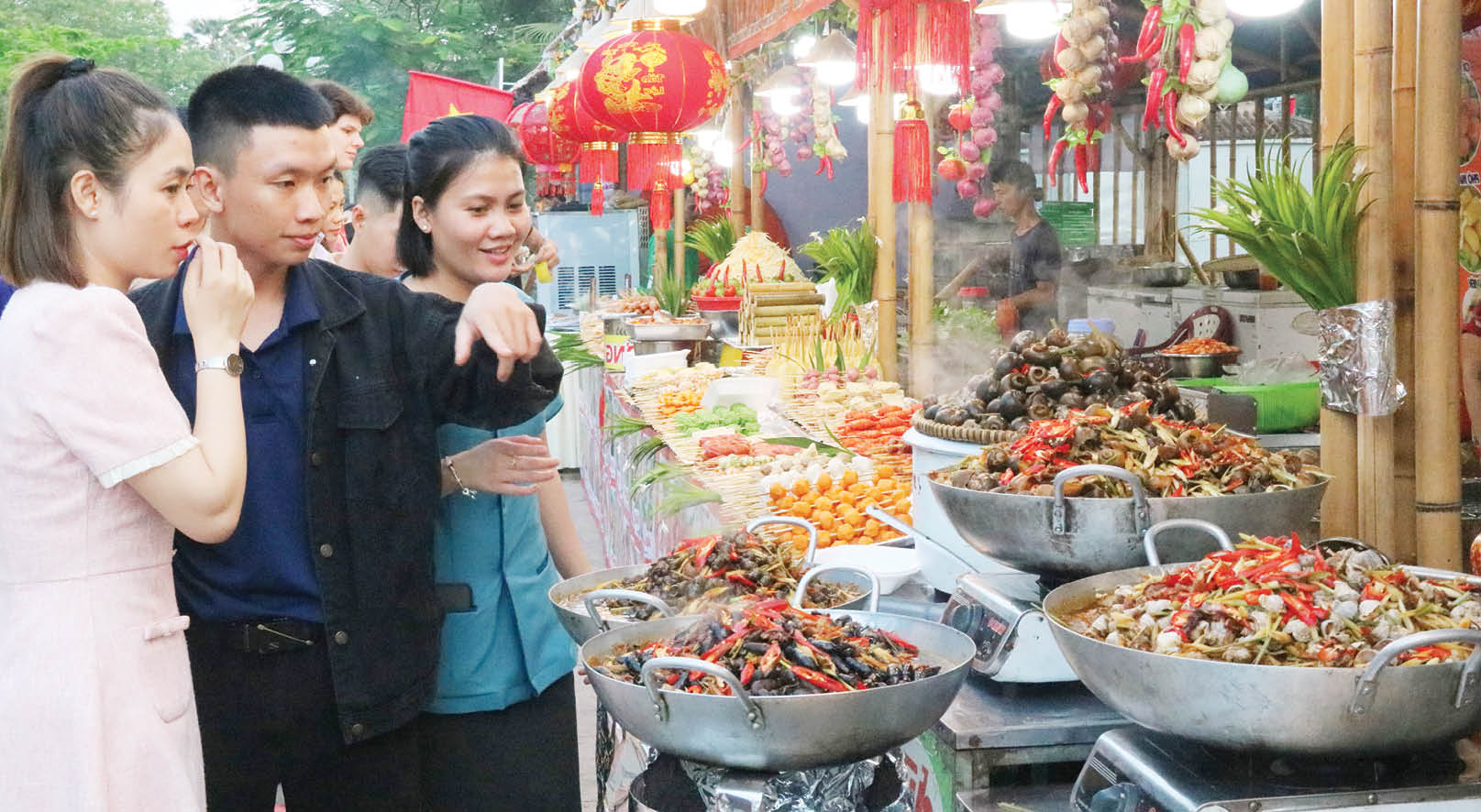 |
| Culinary experiences create many impressions for tourists when coming to Hue |
According to many tourists who love the ancient capital, with its cultural "material" and unique culinary values, Hue can completely attract visitors from all over the world if they know how to exploit the streets, so that those streets themselves "tell stories" of tourism. Mr. Linh suggested: "Putting yourself in the position of a tourist, everyone will surely feel sorry because Hue's tourism products are not worthy of its potential. Hue does not have any food streets or shopping streets. Hue is famous for 1,300 special dishes, but if you ask Hue people to name 100 dishes, they still hesitate. If you create a food street with an impressive space - where all Hue dishes are sold, it can be divided into an area selling royal cuisine and a folk cuisine area, so that visitors can both eat and have a place to experience making Hue dishes. I believe that such night streets in Hue will attract many tourists."
One point that has not been focused on Hue is the shopping streets, including specialties, souvenirs, handicrafts... According to some tourists, the traditional markets are still the main traditional channel for shopping. Besides, if you want to visit and buy handicrafts, visitors often have to go to craft villages quite far away - something that not everyone has time to do. If streets specializing in selling these items are created, it will create a tourist highlight for Hue.
To make the streets attractive to tourists
Sharing tourists' ideas with tourism workers, many people agreed that in Hue, food streets and shopping streets have not been formed with diverse types to serve tourists.
Mr. Vu Van Chuong, Vice Chairman of Hue City Tourism Association, Director of Vietnam Pride Tourism Company Limited, shared that not only tourists need but travel businesses also need such streets to build products, to attract and retain tourists. Walking streets operating like "drinking streets" are not unique, difficult to exist long-term, but if creating a street with many traditional occupations of Hue, a street to shop for Hue specialties or a street with a variety of Hue dishes, it will create a highlight to attract tourists. The birth of these streets requires the role of the State to both guide and support, to ensure effective and long-term operation.
In many countries, tourism and shopping - cuisine have a two-way relationship. Shopping and culinary experiences stimulate tourism, and vice versa, tourism creates conditions for shopping and culinary enjoyment to develop. In Thailand, one of the factors contributing to huge tourism revenue is tourist areas. A typical example is Asiatique The Riverfront - considered a shopping paradise for tourists with more than 1,500 shops and 40 different restaurants. The area is open from about 5 pm until late at night, creating conditions for tourists to have fun, sightsee, shop and enjoy delicious food.
In order for the streets to be able to “tell” tourism stories, it is important to be associated with the unique cultural features of the land. A representative of the Department of Tourism said that Hue city can develop following the model of Kyoto - the ancient capital of Japan with more than 1,000 years of history, where cultural heritage is preserved and restored in a sophisticated way through unique experiences. Inspired by Kyoto, Hue can build walking streets in the traditional Vietnamese style, recreating historical streets, where royal art and local handicrafts are introduced in a harmonious way - both preserving identity and attracting international tourists.
Hue can also form tailoring quarters, places specializing in measuring and tailoring traditional ao dai. Many visitors to Hue still want to bring back souvenirs of ao dai tailored in this land. Creating such streets is also a way to affirm the brand of the ancient capital: Hue - Capital of Ao Dai.
Source: https://huengaynay.vn/du-lich/hay-de-nhung-con-pho-ke-chuyen-du-lich-hue-155652.html








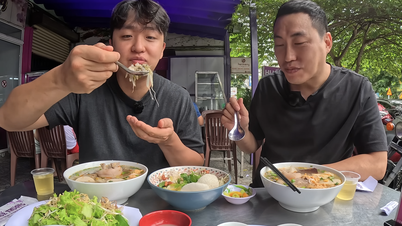

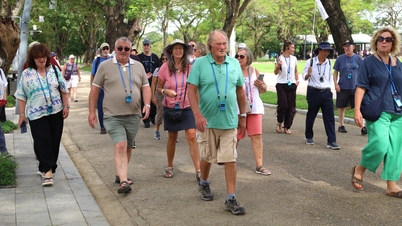
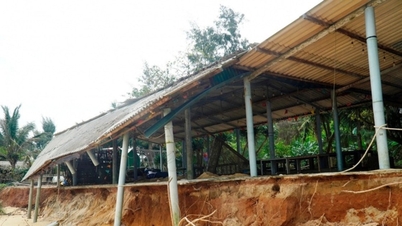

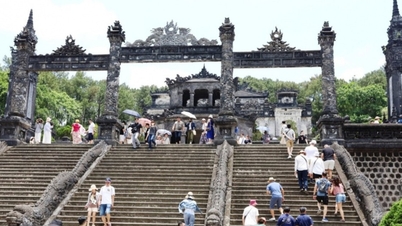

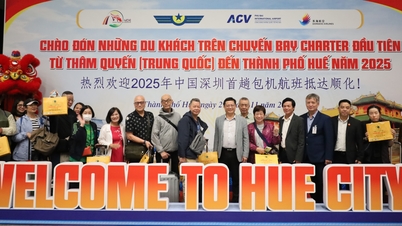
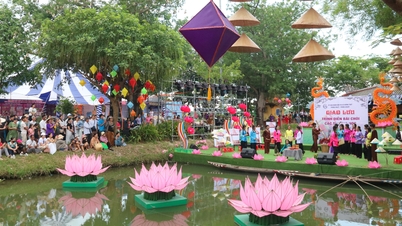
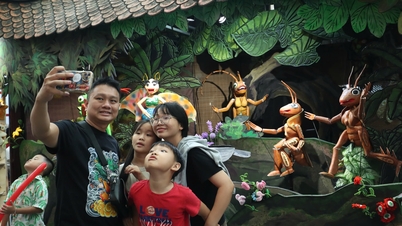

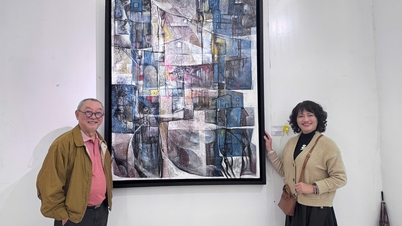



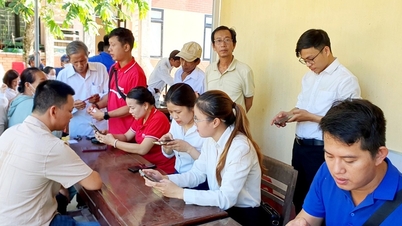
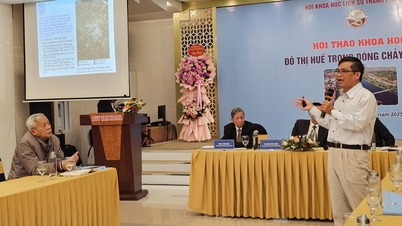




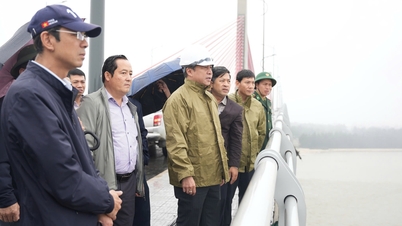







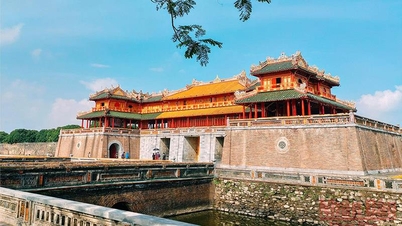


![[Video] The craft of making Dong Ho folk paintings has been inscribed by UNESCO on the List of Crafts in Need of Urgent Safeguarding.](https://vphoto.vietnam.vn/thumb/402x226/vietnam/resource/IMAGE/2025/12/10/1765350246533_tranh-dong-ho-734-jpg.webp)

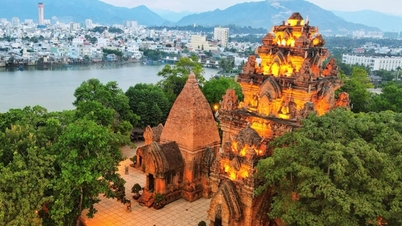








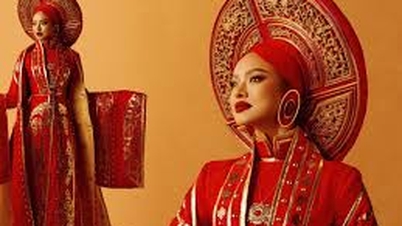

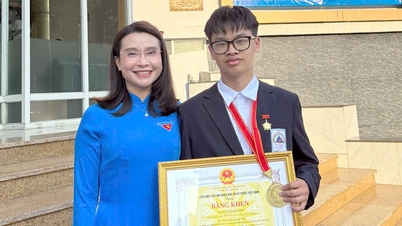
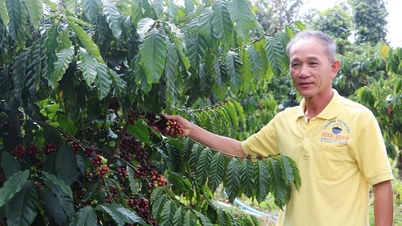

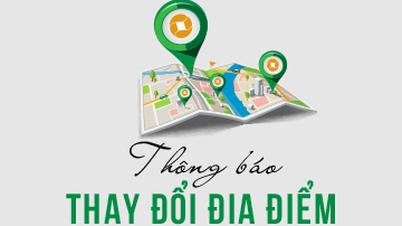




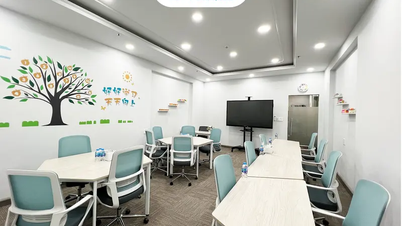









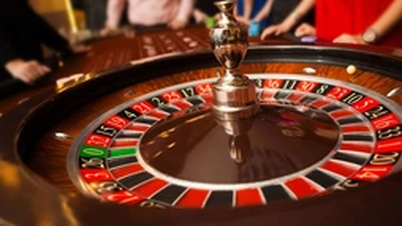








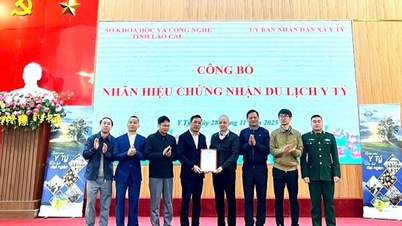
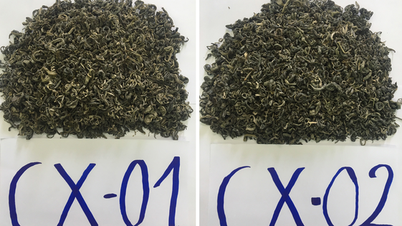
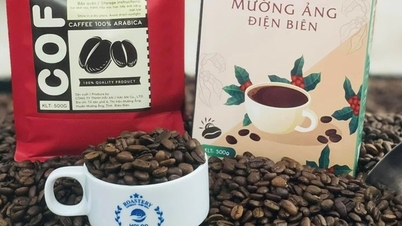
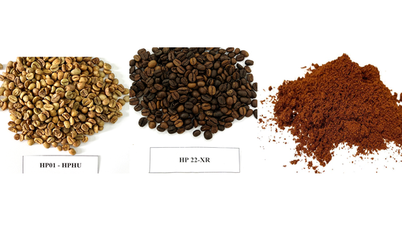
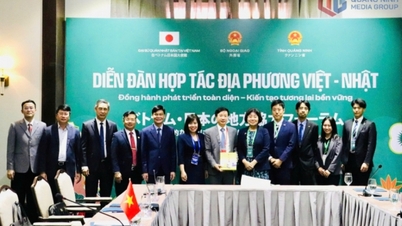

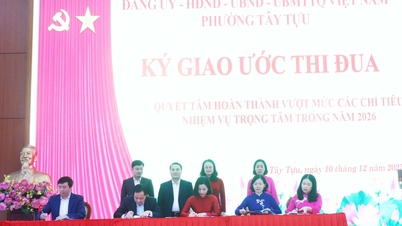
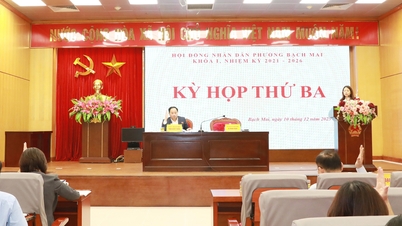
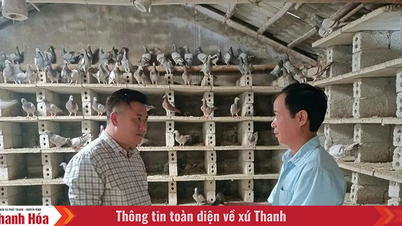

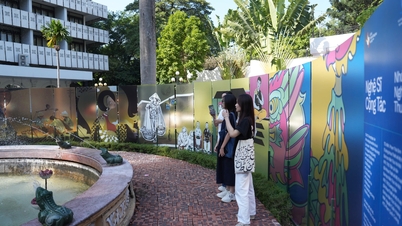
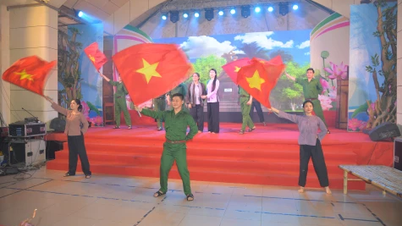













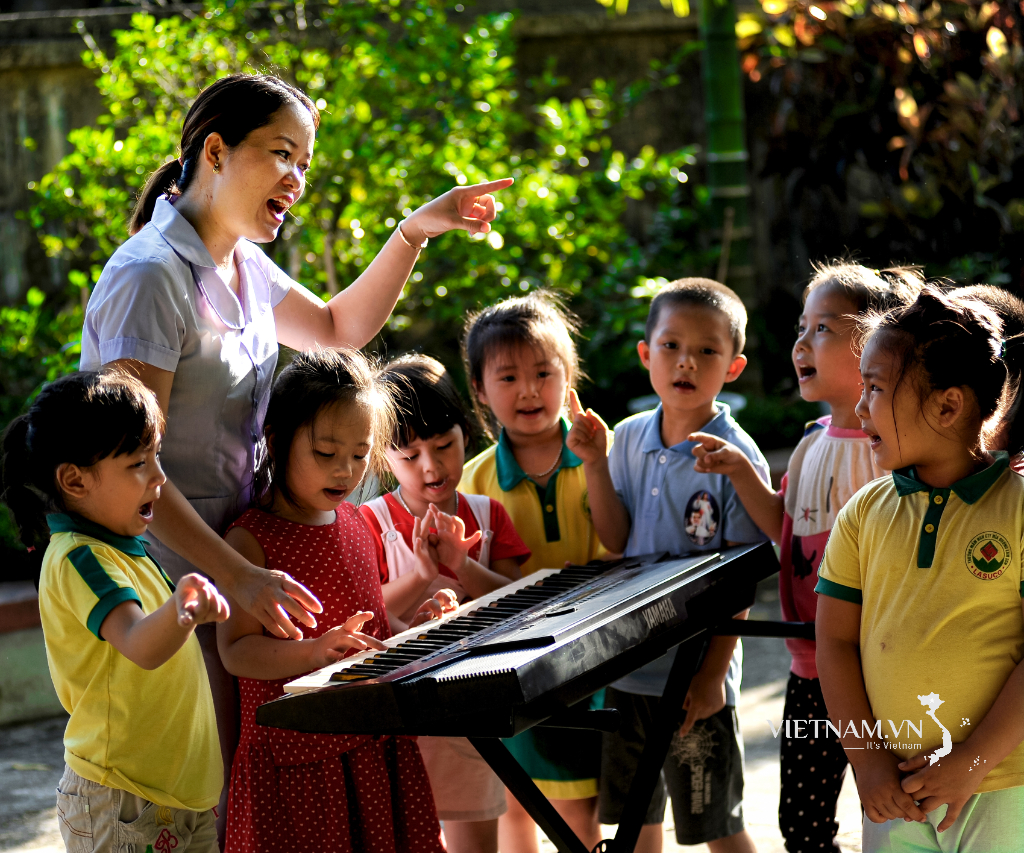





Comment (0)